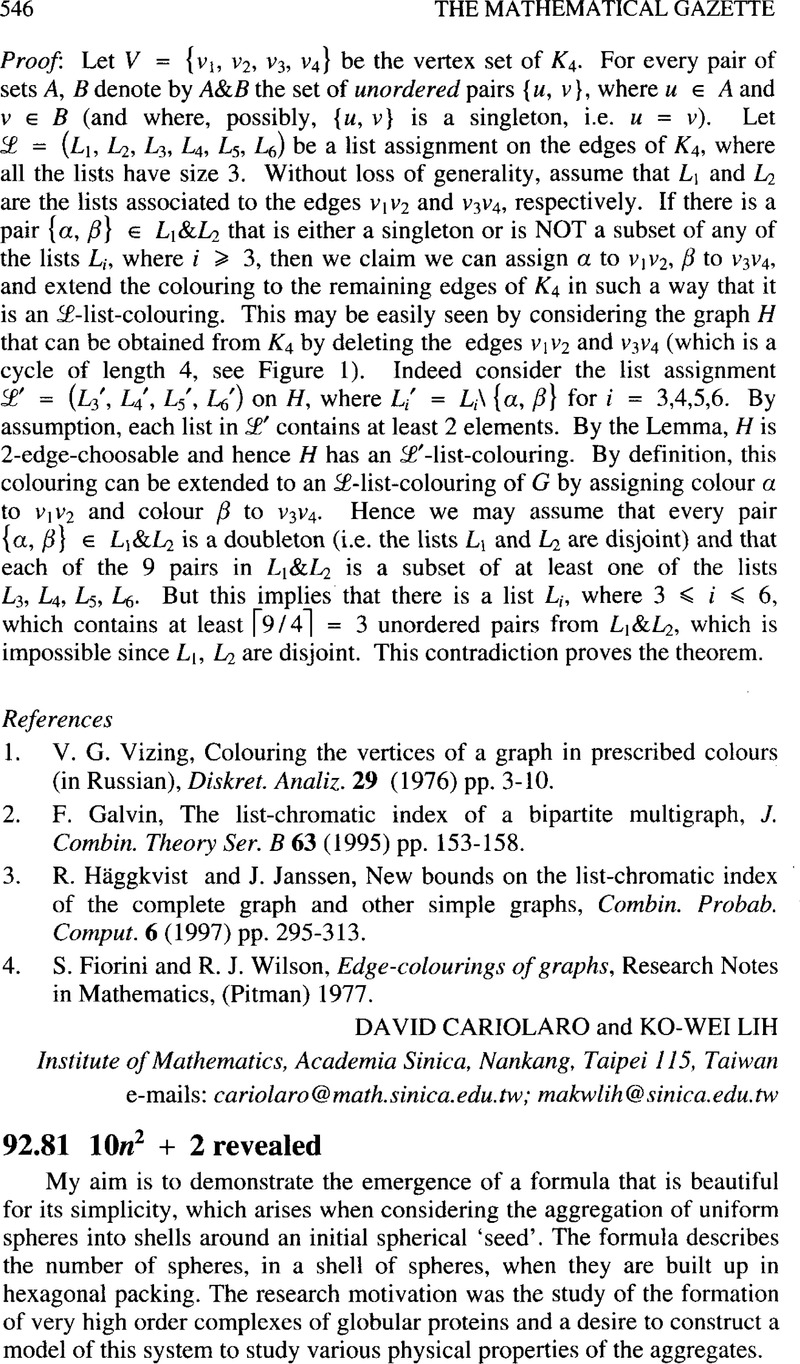Crossref Citations
This article has been cited by the following publications. This list is generated based on data provided by Crossref.
Kuchel, Philip W.
2015.
99.23 Kicking a cube.
The Mathematical Gazette,
Vol. 99,
Issue. 545,
p.
346.





